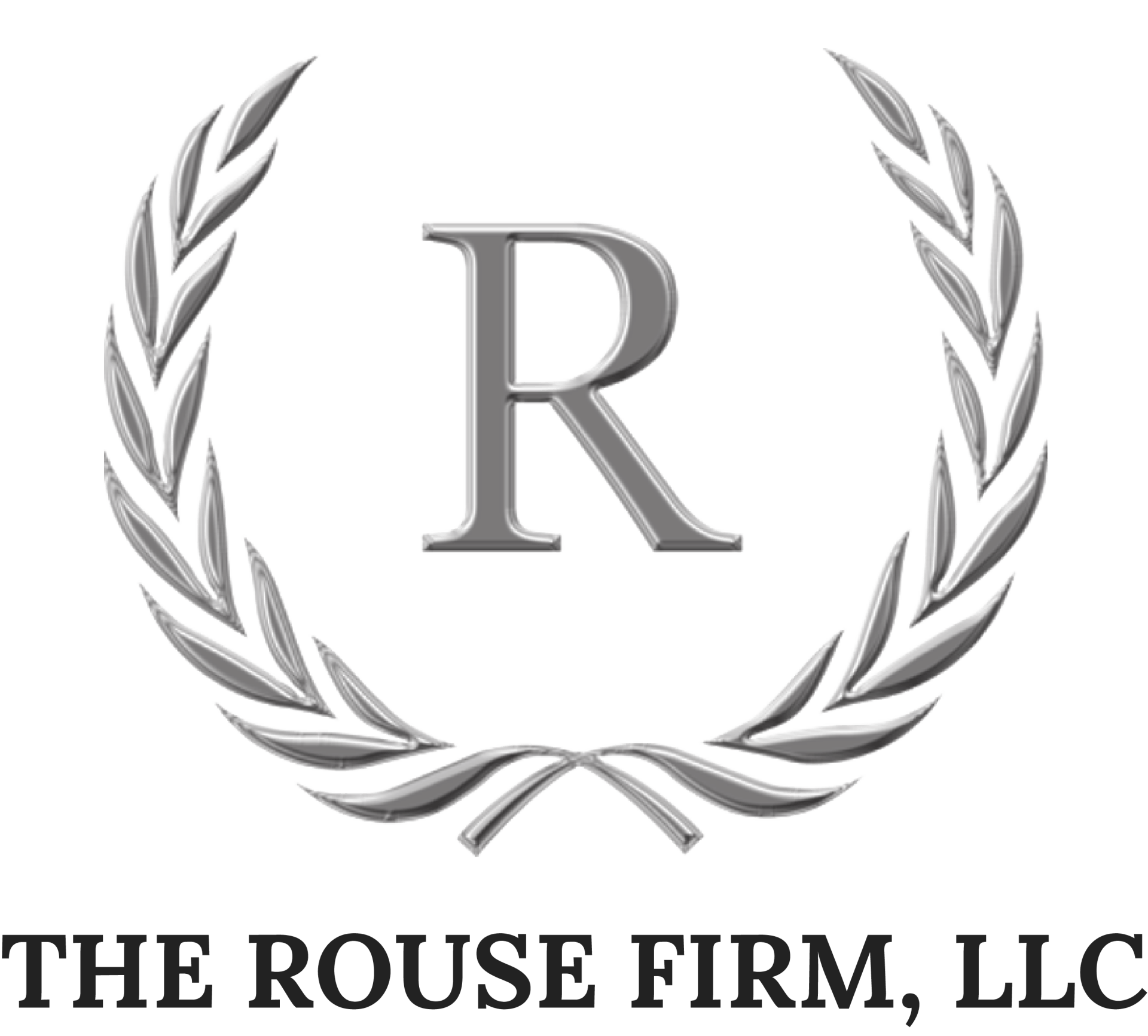CREATING YOUR BUSINESS PLAN
Step 1. Create Your Executive Summary
The first step you’ll want to take when writing a business plan is to create an executive summary for your business. This executive summary will be the first chapter in the business plan—it will explain what your business does, where the business currently stands, where you want to take the business in three to five years, and why you’ll be successful.
Although this seems like a significant amount of information, the executive summary doesn’t need to be more than one or two pages in length. However, just because this is a short section of your plan doesn’t mean it’s unimportant. In fact, it might be the most important part of your business plan. If you are seeking investors, some might only ask for your executive summary when deciding whether to work with your business—so you’ll want to ensure that it can stand on its own.
So, how do you include all the necessary information about your business, while also keeping to a one or two page maximum?
First, you can keep in mind that any information that doesn’t answer the “what, where, and why” questions shouldn’t be in your executive summary. Second, you can make this step of your business plan simpler by sticking to the following six pieces of information, as recommended by the SBA:
- Mission statement: In no more than a paragraph, your mission statement should explain what your business is and the overarching goals you have.
- General company information: State when your business was formed, the name of any founders and their roles, the number of employees, and any locations.
- Highlights: Next, include examples (with graphs and charts) of any growth you’ve seen since starting the business. This could be financial market highlights or key milestones of the business. You should think of this part of your executive summary as evidence supporting why you’ll be successful. If you’re a startup, you might not have any numbers to show here. If that’s the case, give information on your experiences and highlights from your past endeavors.
- Products and services: Briefly describe what you actually sell, and who you sell it to. If you don’t have a product just yet, describe your plans for your product offering.
- Financial information: If you’re looking for business financing, you’ll want to include your funding goals at the end of your executive summary. Be sure to include any information about banks or lenders you’ve worked with so far.
- Future plans: Summarize where you’re planning on taking your business in the future.
Remember—although it may seem extensive, this is first and foremost, a summary, so you’ll want to keep it short and sweet. At this point, you still have seven steps left to complete, so you’ll have plenty of time to get into the details later. With this first step, you’re showing readers what they’re getting into. However, it’s also important to remember that as the first step—and a brief one—every word of your executive summary counts. If you haven’t put enough thought into your business plan, it will show.
Keep this in mind - if you’re struggling with writing your executive summary right off the bat, try working on it after you’re done writing your business plan from start to finish—that way, you’ll have a solid grasp of the details and will be better equipped to summarize them


